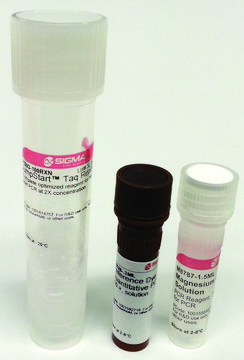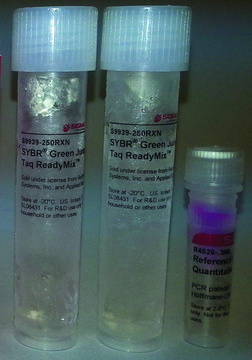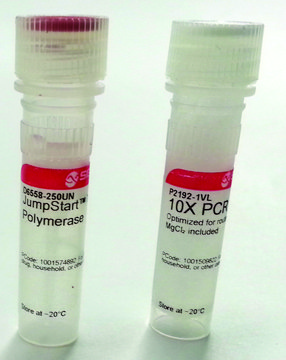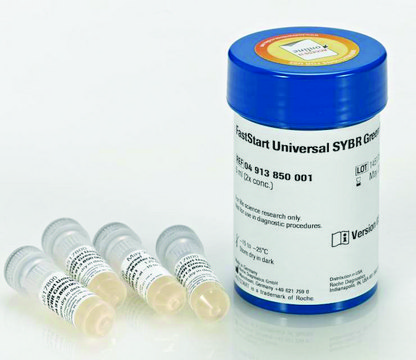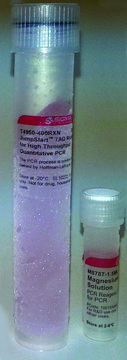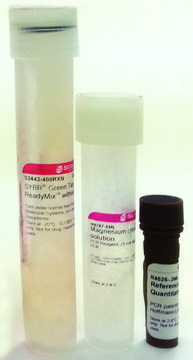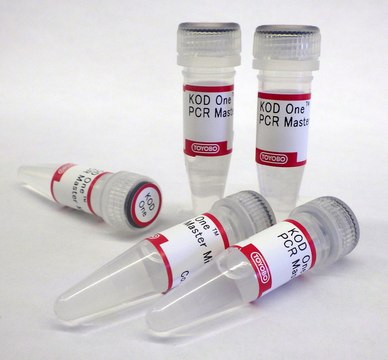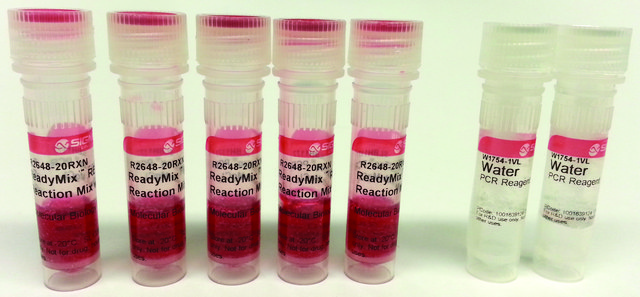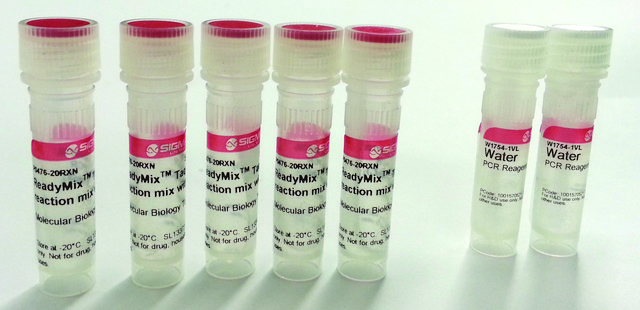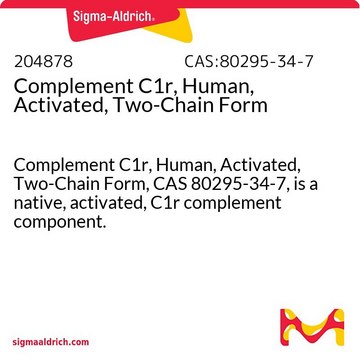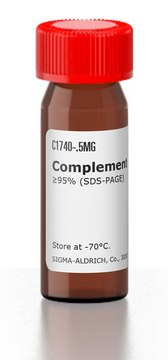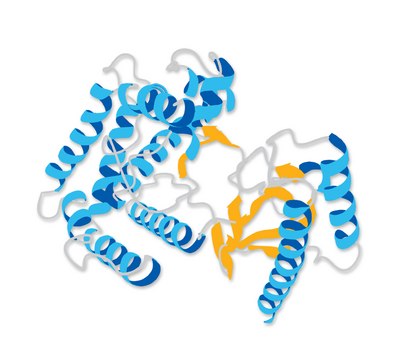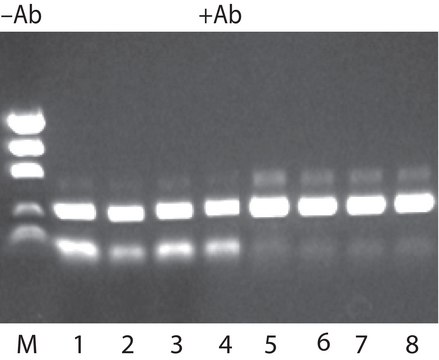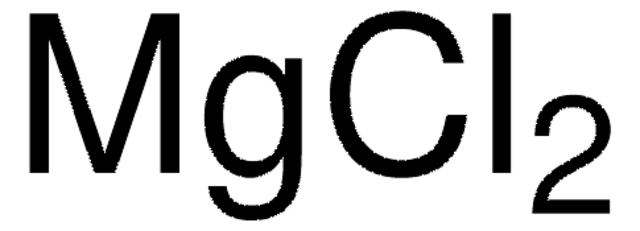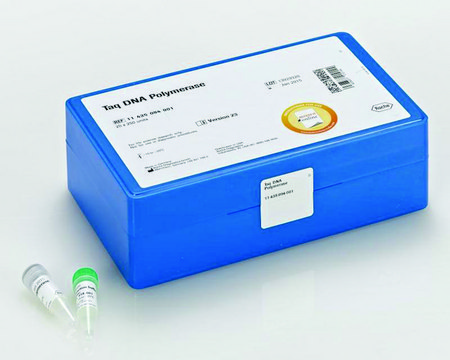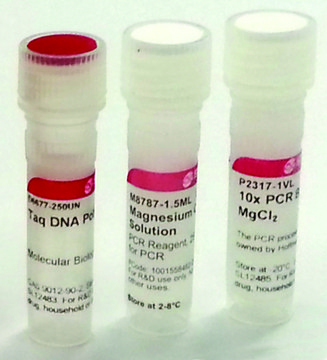204873
Complement C1, Human
Complement C1, Human Native, is the first component of the classical complement pathway. It is a calcium-dependent complex of C1q, C1r, and C1s subcomponents.
About This Item
Recommended Products
Quality Level
form
liquid
manufacturer/tradename
Calbiochem®
storage condition
OK to freeze
avoid repeated freeze/thaw cycles
shipped in
wet ice
storage temp.
−70°C
1 of 4
This Item | 204878 | C1740 | 204882 |
|---|---|---|---|
| form liquid | form liquid | form liquid | form liquid |
| storage temp. −70°C | storage temp. −70°C | storage temp. −70°C | storage temp. −70°C |
| storage condition OK to freeze, avoid repeated freeze/thaw cycles | storage condition OK to freeze, avoid repeated freeze/thaw cycles | storage condition - | storage condition OK to freeze, avoid repeated freeze/thaw cycles |
| Quality Level 100 | Quality Level 100 | Quality Level 200 | Quality Level 100 |
| manufacturer/tradename Calbiochem® | manufacturer/tradename Calbiochem® | manufacturer/tradename - | manufacturer/tradename Calbiochem® |
| shipped in wet ice | shipped in wet ice | shipped in dry ice | shipped in wet ice |
General description
Packaging
Warning
Physical form
Other Notes
Ziccardi, R.J. and Cooper, N.R. 1977. J. Immunol. 118, 2047.
Legal Information
Storage Class Code
10 - Combustible liquids
WGK
WGK 1
Flash Point(F)
Not applicable
Flash Point(C)
Not applicable
Certificates of Analysis (COA)
Search for Certificates of Analysis (COA) by entering the products Lot/Batch Number. Lot and Batch Numbers can be found on a product’s label following the words ‘Lot’ or ‘Batch’.
Already Own This Product?
Find documentation for the products that you have recently purchased in the Document Library.
Customers Also Viewed
Articles
Method outlines use of a hot start Taq for multiplex qPCR and provides guidance on how to optimize dNTPs, primer, probes and MgCL2 concentrations. By optimizing these parameters, the user can improve assay sensitivity and linear range of detection.
Learn about the history of the polymerase chain reaction (PCR), from the basic principles that proceeded its discovery to the awarding of a Nobel Prize for Chemistry and more recent developments such as real-time PCR (qPCR) and digital PCR.
Explore PCR's history, from discovery to Nobel Prize. Discover real-time PCR (qPCR) and digital PCR developments.
Real-time polymerase chain reaction allows researchers to estimate the quantity of starting material in a sample. It has a much wider dynamic range of analysis than conventional PCR
Protocols
The CRISPR (Clustered Regularly Interspaced Short Palindromic Repeats) system was discovered in bacteria, where it functions as an adaptive immune system against invading viral and plasmid DNA.
Protocol using antibody mediated hot start polymerase. Method has short activation period (<1min), and results in higher yields and more specificity over standard PCR methods.
JumpStart™ Taq DNA Polymerase is an antibody-inactivated, hot start enzyme.
JumpStart™ Taq DNA Polymerase is an antibody-inactivated, hot start enzyme.
Related Content
Explore technology and reagent portfolios for plant breeding workflows, accelerating the development of new crop varieties.
Our team of scientists has experience in all areas of research including Life Science, Material Science, Chemical Synthesis, Chromatography, Analytical and many others.
Contact Technical Service